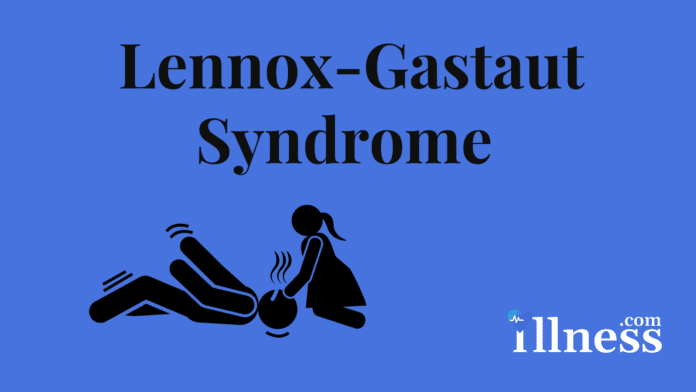Overview Of Lennox-Gastaut Syndrome
Lennox-Gastaut Syndrome (LGS) is a severe condition characterized by recurrent seizures (epilepsy) that begin early in life. Affected individuals have multiple types of seizures, a particular pattern of brain activity (called slow spike-and-wave) measured by a test called an electroencephalogram (EEG), and impaired mental abilities.
In Lennox-Gastaut syndrome, epilepsy begins in early childhood, usually between ages 3 and 5. The most common seizure type is tonic seizures, which cause the muscles to stiffen (contract) uncontrollably. These seizures typically occur during sleep; they may also occur during wakefulness and cause sudden falls. Also common are atypical absence seizures, which cause a very brief partial or complete loss of consciousness. Additionally, many affected individuals have episodes called drop attacks, which cause sudden falls that can result in serious or life-threatening injuries. Drop attacks may be caused by sudden loss of muscle tone (described as atonic) or by abnormal muscle contraction (described as tonic). Other types of seizures have been reported less frequently in people with Lennox-Gastaut syndrome. Seizures associated with this syndrome often do not respond well to therapy with anti-epileptic medications.
Although each seizure episode associated with Lennox-Gastaut syndrome is usually brief, more than two-thirds of affected individuals experience prolonged periods of seizure activity (known as status epilepticus) or episodes of many seizures that occur in a cluster.
Most children with it have intellectual disability or learning problems even before seizures begin. These problems may worsen over time, particularly if seizures are very frequent or severe. Some affected children develop additional neurological abnormalities and behavioral problems. Many also have delayed development of motor skills such as sitting and crawling. As a result of their seizures and intellectual disability, most people with this syndrome require help with the usual activities of daily living. However, a small percentage of affected adults live independently.
People have a higher risk of death than their peers of the same age. Although the increased risk is not fully understood, it is partly due to poorly controlled seizures and injuries from falls.
Commonly Associated With
- Childhood Epileptic Encephalopathy With Diffuse Slow Spikes and Waves
- LGS
Causes
It can have many different causes. The disorder likely has a genetic component, although the specific genetic factors are not well understood.
Most cases are caused by an existing neurological abnormality. These cases can be associated with brain injuries that occur before or during birth, problems with blood flow in the developing brain, brain infections, or other disorders affecting the nervous system. The condition can also result from brain malformations such as forms of cortical dysplasia, which are abnormalities in the outer surface of the brain (cerebral cortex). Many people with this syndrome have a history of epilepsy beginning in infancy (infantile spasms) or a related condition called West syndrome before developing the features of Lennox-Gastaut syndrome.
In addition, mutations in several genes have been associated with Lennox-Gastaut syndrome, each in a small number of affected individuals. These genes are involved in the function of nerve cells in the brain, but it is unclear how changes in them contribute to the development of Lennox-Gastaut syndrome. The condition can also occur as part of a genetic disorder such as tuberous sclerosis complex.
In about 10 percent of affected individuals, the cause of Lennox-Gastaut syndrome is unknown. These individuals have no history of seizures, neurological problems, or delayed development.
Other
Lennox-Gastaut synd
rome affects an estimated 1 to 2 per million people. This condition accounts for less than 5 percent of all cases of childhood epilepsy. For unknown reasons, it appears to be more common in males than in females. Most cases of Lennox-Gastaut syndrome are sporadic, which means they occur in people with no history of the disorder in their families. When Lennox-Gastaut syndrome is associated with a genetic change, the mutation is usually not inherited but occurs as a random (de novo) event during the formation of reproductive cells (eggs or sperm) in an affected person’s parent or in early embryonic development. However, 3 to 30 percent of people with this condition have a family history of some type of epilepsy, indicating that inherited genetic factors may play a role in some cases of Lennox-Gastaut syndrome.</p>



